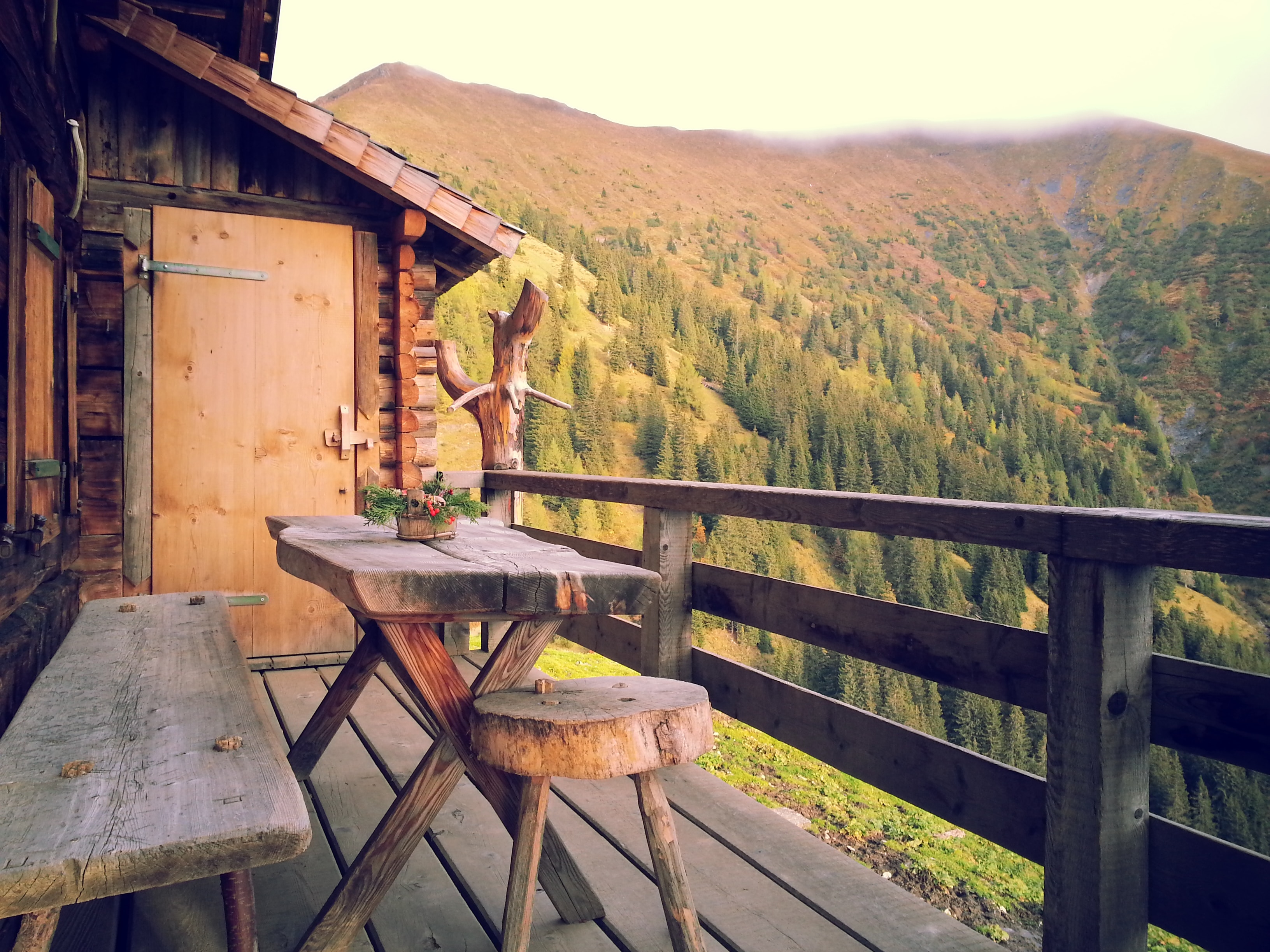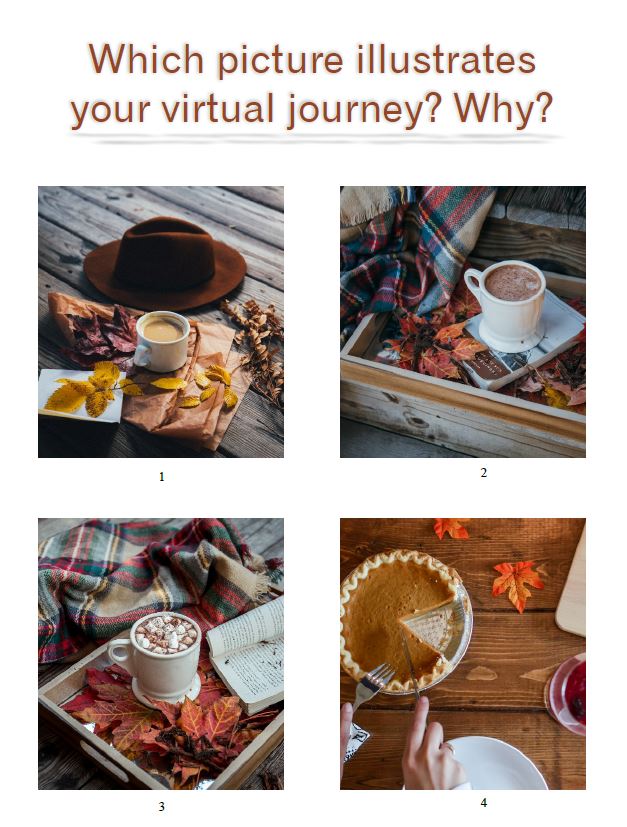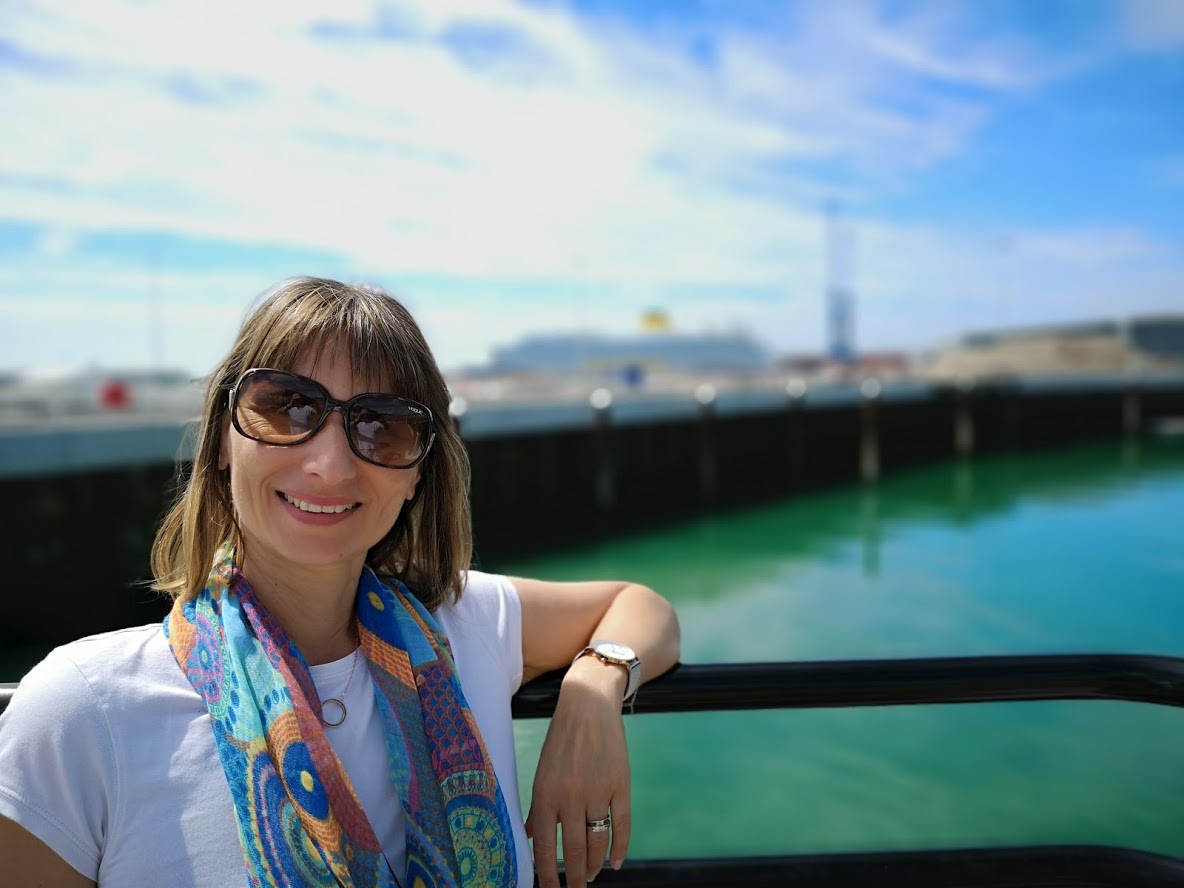Have you ever pondered on the question what your legacy is?
I believe mine is to make a positive difference in my students’ lives, touch their soul and guide them to find themselves. I use every opportunity to create a positive experience in my lessons- inspirational stories, songs, poems as well as mindfulness tools such as meditation.
Today I would like to introduce a special type of meditation in which we “invite” our thoughts on a journey by using an image. This mindfulness tool is known as VISUALISATION or GUIDED IMAGERY.

Why should we use VISUALISATIONS WITH OUR STUDENTS?
– to practise specific vocabulary
– to create a particular goal,
– to bring sensations,
– to go back to past memories,
– to help them explore themselves
My students love it when I use visualisations in class. I tend to build up a whole lesson around a visualisation so that we can practise literacy as well.
What inspires me?
I get inspired by different things, such as a beautiful pebble found on the beach, a poem or an image. I use guided imagery with all my students. Despite having different backgrounds and ages, they all find this tool really powerful because it wakes up their senses- what they hear, see, smell, feel and touch.
Visualising transports the person into another world. If you only see the picture below, you can see the beauty of the roses. However, if you describe how it feels when you touch them, the fragrance coming from the bush and also include some sounds, the listener can easily see themselves there. I’m truly grateful to my husband who creates some amazing special effects which make my visualisations sound so real.

What do my students say after visualising?
“I could feel the warmth of the sunshine on my skin.”
“The sea waves made me feel relaxed.”
“I want to stay in the park and play with the children.”
“It was incredible how the butterfly stayed on my hand. I didn’t want it to fly away.”
Here’s one of my students’ favourite
visualisation-based lesson plans

Autumn in the forest cottage
Step 1
Tell the students that you’ll take them on a journey to the forest. Ask them what they expect to see there. What sounds will they hear? What animals could they meet?
Then play the visualisation making sure that all mobile devices have been switched off and everyone is sitting comfortably and relaxed.
Here’s the visualisation:
Step 2
After the visualisation, ask the students to share what experience they’ve had.
Where did they go?
What did they see?
What did they hear?
What did they taste?
How did they feel?
Step 3
Show these four pictures and ask them which one illustrates their virtual journey. Why? Which objects from the visualisation can they recognise?

Answer: picture 3, key words- marshmallows, cinnamon, a book, a blanket
Step 4
Ask the students to write a letter to their best friend and describe their experience in the forest. Explain they have to try to reproduce the same sensations they felt during their virtual journey as well as use key vocabulary.
Have you used guided imagery with your students?
What effect have you witnessed?
Marusya Price


